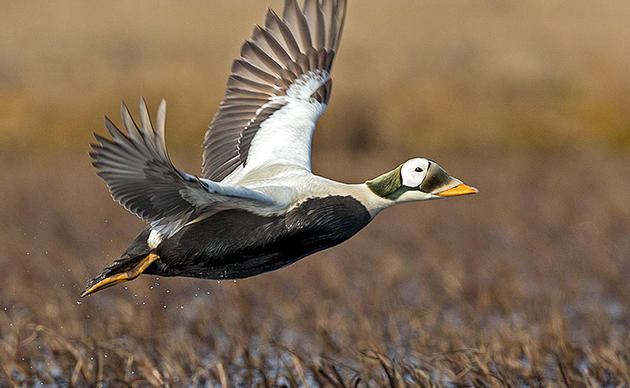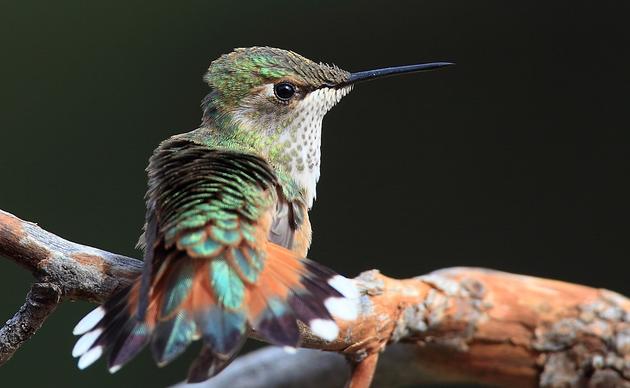This is the second in a series of blog posts by Ben Sullender, Spatial Ecologist at Audubon Alaska. Throughout the series, Ben shares his experiences and reflections from his recent 14-day, 200-mile adventure in the Arctic National Wildlife Refuge. He was joined by Sarah Glaser. The two of them set out from Arctic Village, hiking and paddling their way to the Arctic Ocean.
Our journey began in Arctic Village, a Gwitch’in community situated alongside the East Fork of the Chandalar River. Rather than taking the usual charter flight that would allow us to dive right into the rafting portion of our trip, we opted for a more arduous overland approach on foot. We stubbornly wanted to be self-supported, so we started and ended in communities with regularly scheduled air service to Fairbanks. As a result, we spent only $400 in total on airfare, round-trip. The only concessions to our self-supported style were two short boat rides: the first an unexpected but spectacularly helpful lift upriver from a friendly moose hunter at the start of our trip, and the second the aforementioned boat ride to skip the “polar bear crux” at the end.
I was irrationally proud of this thriftiness: it’s the same amount you’d spend on a round-trip flight from Anchorage to the state capital, Juneau. Proponents of oil development in the Refuge describe it as a remote place effectively off-limits to the everyday person—a place only wealthy outsiders can afford to travel to. Clearly, this rhetoric is exaggerated; the Refuge is very much a viable destination for Alaskan adventurers on a budget.
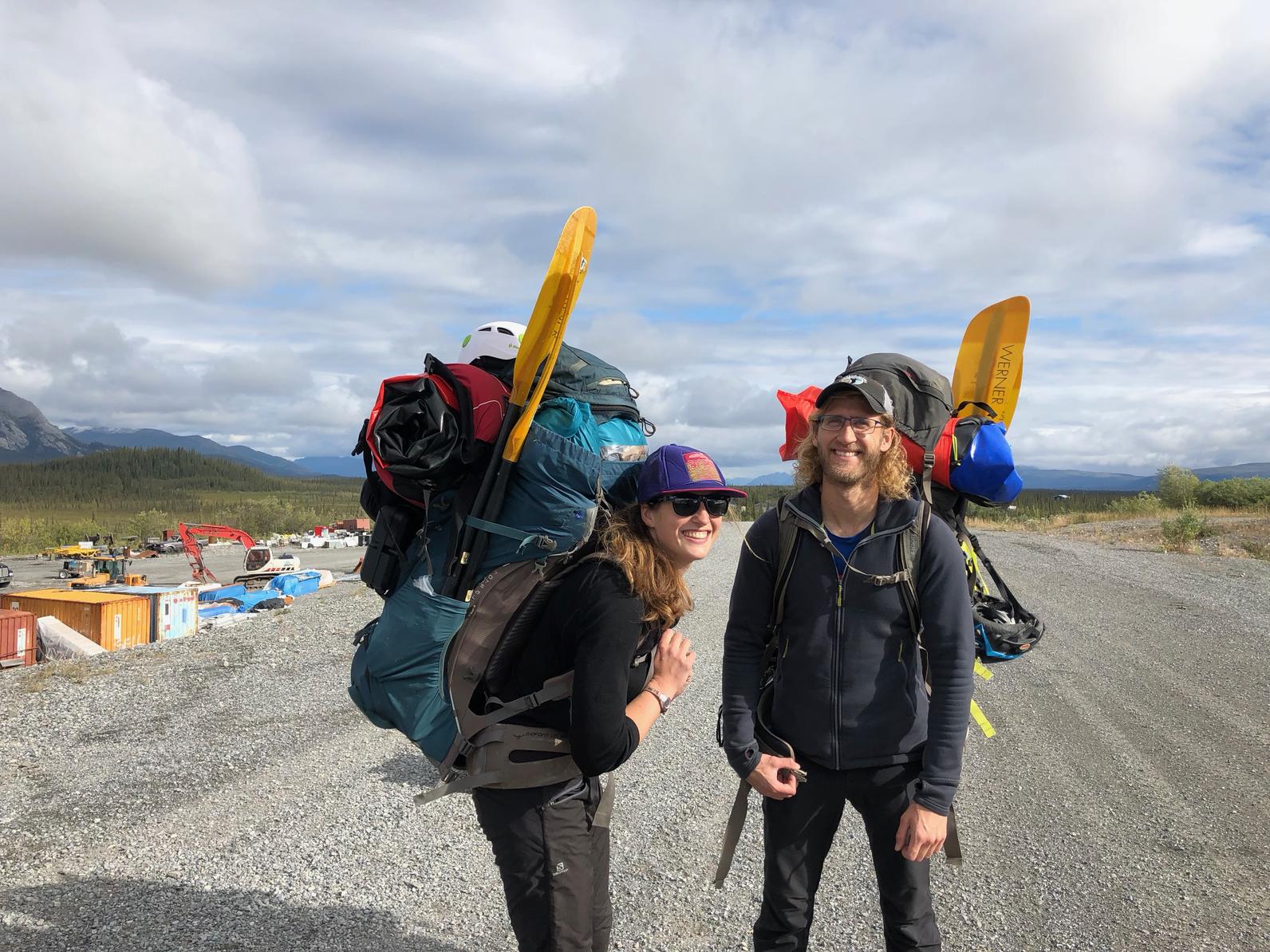
And so, one rainy morning in mid-August, we hopped on a commercial flight from Fairbanks to Arctic Village. There, we were invited to stay with Sarah James, a respected elder who we saw as the hub of the community. During our day in town, a steady stream of folks came to talk with her and share stories over her homemade fry-bread and bottomless mugs of coffee. Visitors included everyone from visiting relatives and neighbors to photo-journalists from Canada and returning travelers from the Pacific Northwest. She’s seen people from all over the world come to Arctic Village to help protect the Refuge. One highlight occurred decades ago, when John Denver flew in to speak and play an acoustic set at a Gwitch’in gathering. Sarah had been in charge of his visit, but lost track of which flight he was on and forgot to pick him up from the Arctic Village airstrip. So when he hopped off the plane, deep in the Alaskan Arctic, he was completely on his own. He gamely picked up his bags and eventually found his way to the festivities after walking a few miles, guitar in hand.
We talked more with Sarah about John Denver’s visit and all sorts of conservation efforts that spanned decades. Through hearing about her experiences through the years, it was clear that the Arctic National Wildlife Refuge has inspired generations of Americans and Canadians and that this inspiration has been invaluable in the ongoing fight to keep the Refuge wild. As for our own, small part of that fight, we unpacked Mardy and talked about American Packrafting Association’s project (http://packraft.org/work/an-arctic-refuge-for-all-americans/). Sarah James happily added both her signature and her signature message of conservation to the packraft, wishing us luck on our journey.
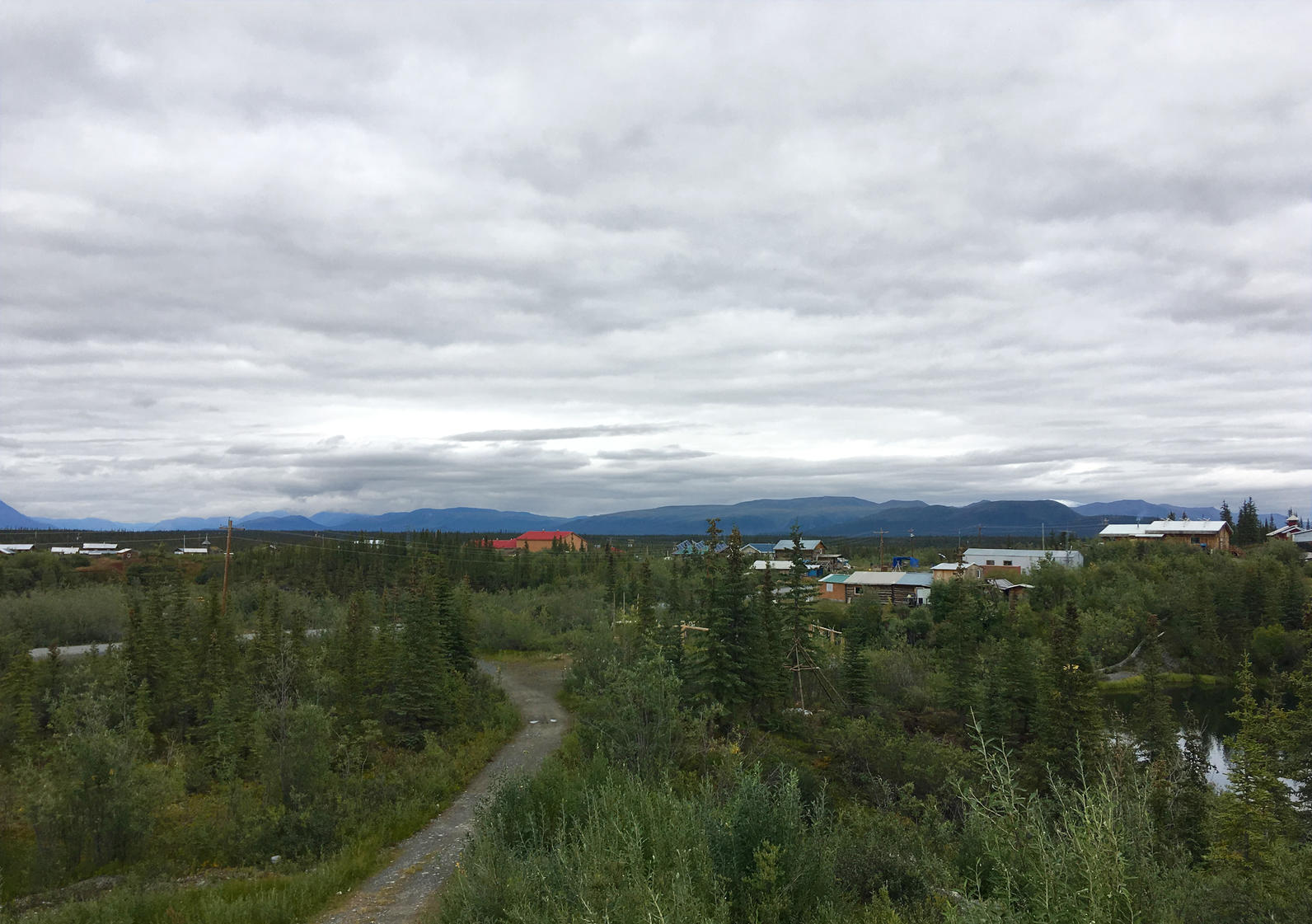
The next day, we set off with Jim, a local hunter who captained the only currently functional boat in town. He agreed to take us upriver in exchange for topping off his fuel tanks. About 40 sinuous river miles took us 16 miles as the raven flies, right to where Nichenthraw Mountain splits the Junjik River from the East Fork Chandalar River.
He dropped us off on the west bank on the river, and, although we’d originally hoped to start on the east side to align with the routes we’d researched, we were ecstatic at being able to shave off at least a couple hours—maybe days—of difficult hiking. We hoisted our heavy packs, waved goodbye, and began to backpack through the boreal.
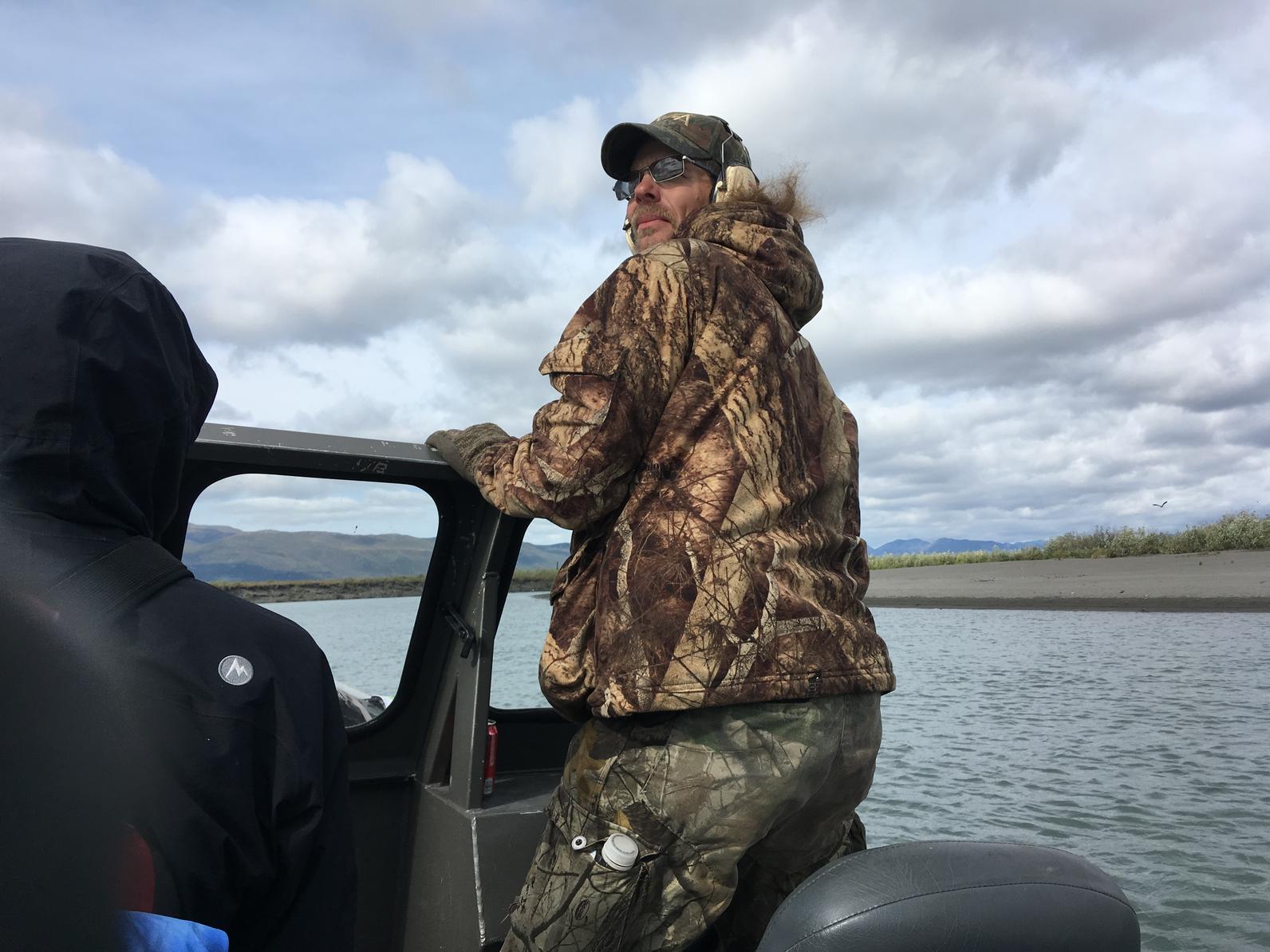
Due to our stubborn self-supported style, we each had to haul about 80 pounds on our backs. Despite our efforts to pack lightly, we collectively had about 55 pounds of food and fuel in addition to the usual cold-weather gear, a bear fence, packrafting equipment, and a .44 magnum with a box of the heaviest bullets we could find. With those Herculean loads shouldered, we stumbled along the boggy and buggy East Fork Chandalar River.
As any Arctic explorer knows, tussocks have a powerful way of transforming innocuous-looking Google-Earth-green swaths into a stumbling, seemingly-endless grind. Here beside the river, the combination of thigh-high tussocks tottering over knee-deep mud and persistent insects made the first day particularly difficult. After a quick conversation to confirm that we were mountain people and not bog people, we aimed for higher ground. We put our heads down, sidehilled through a few drawn-out sections of aldery, shrubby bushwhacking, and finally found ourselves on level tundra. The mountains, at last!
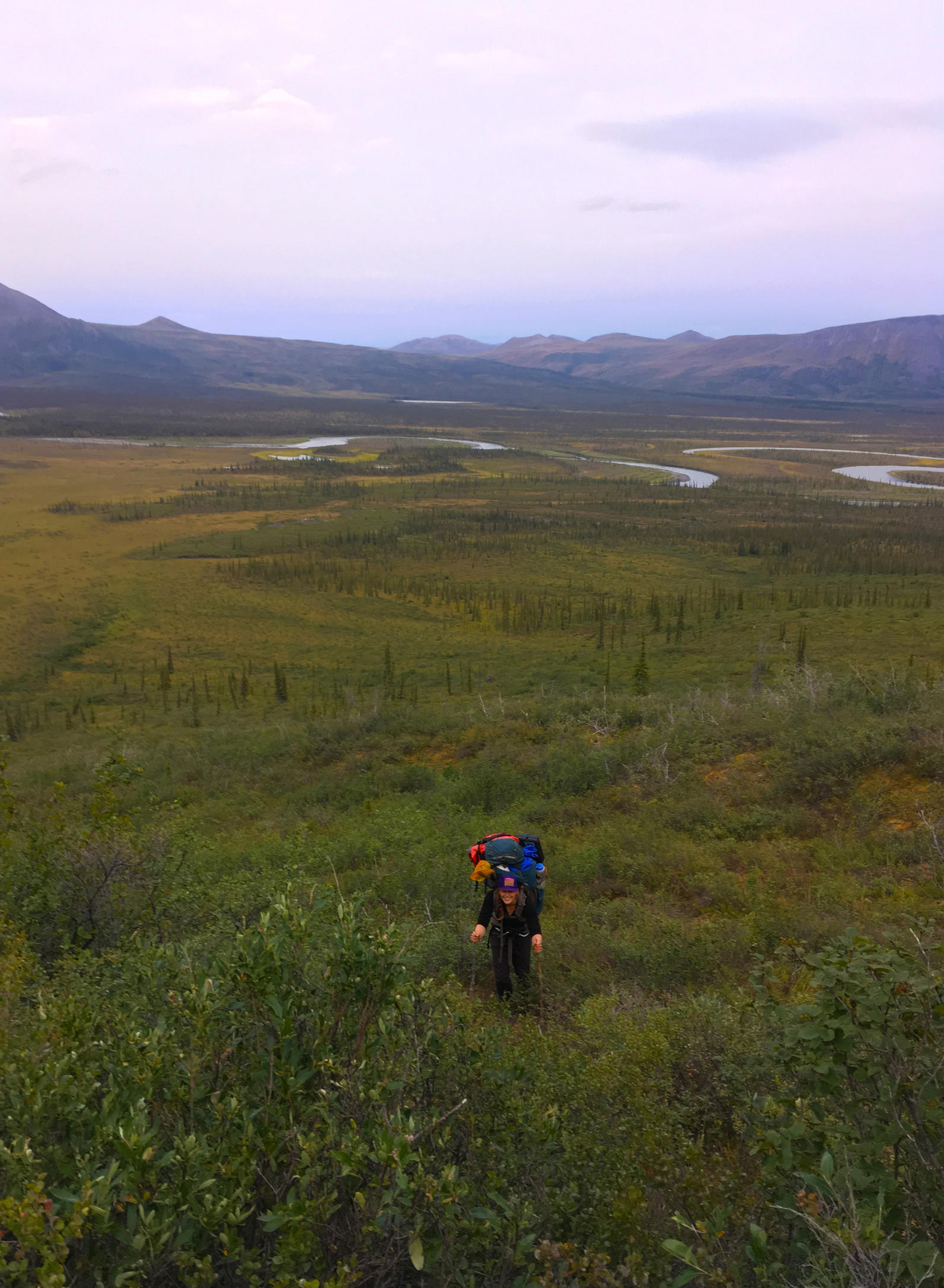
Read all of the blog posts in this series:
Arctic Refuge Ramble: Ben’s Journey across the Arctic National Wildlife Refuge
Arctic Refuge Ramble: Arctic Village
Arctic Refuge Ramble: Into the Wilderness

